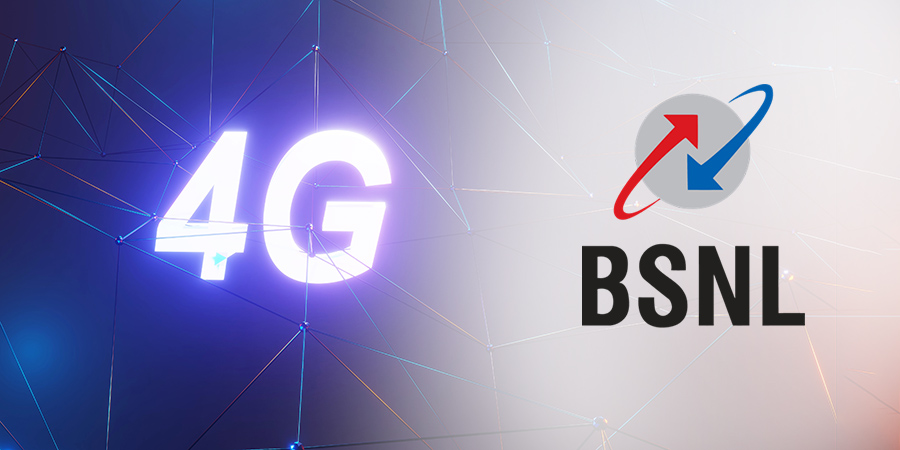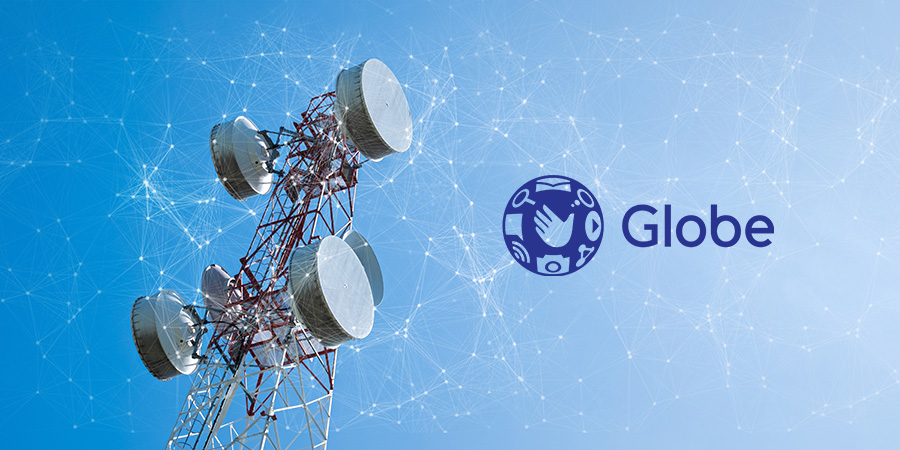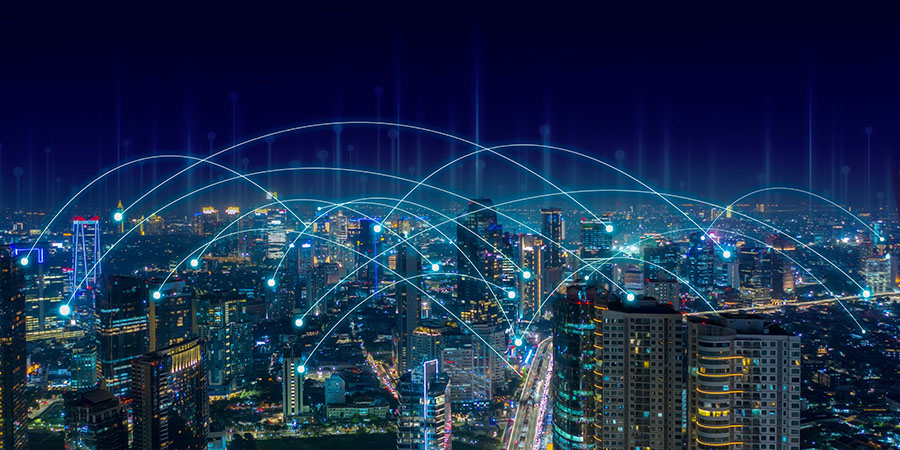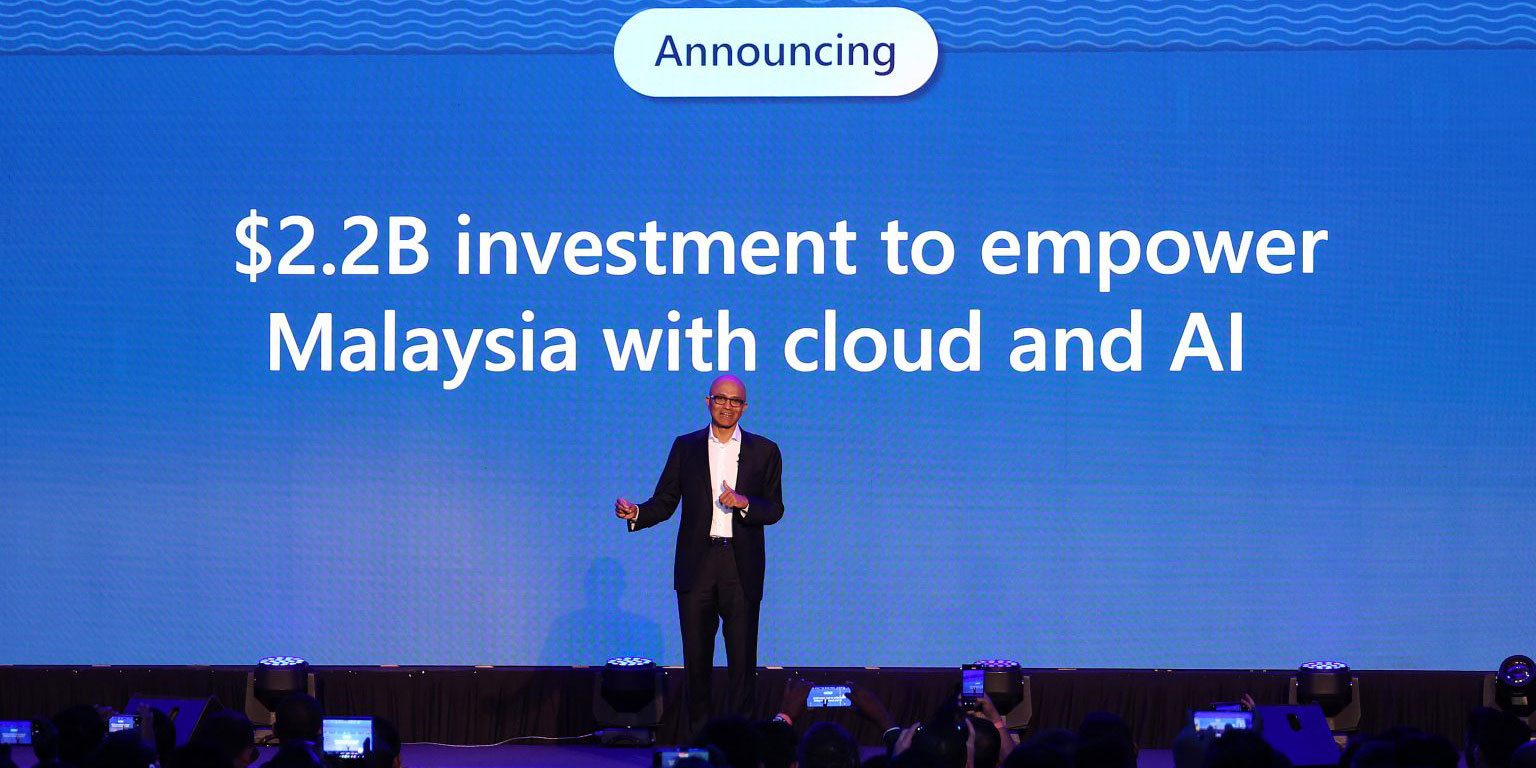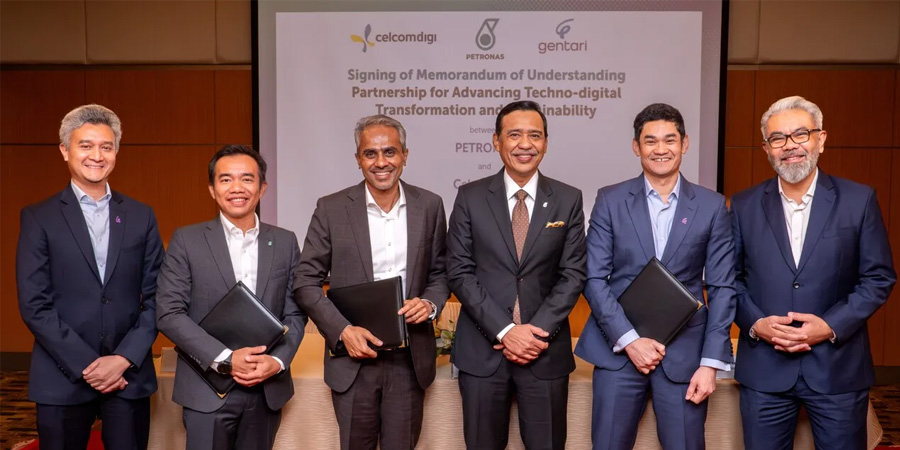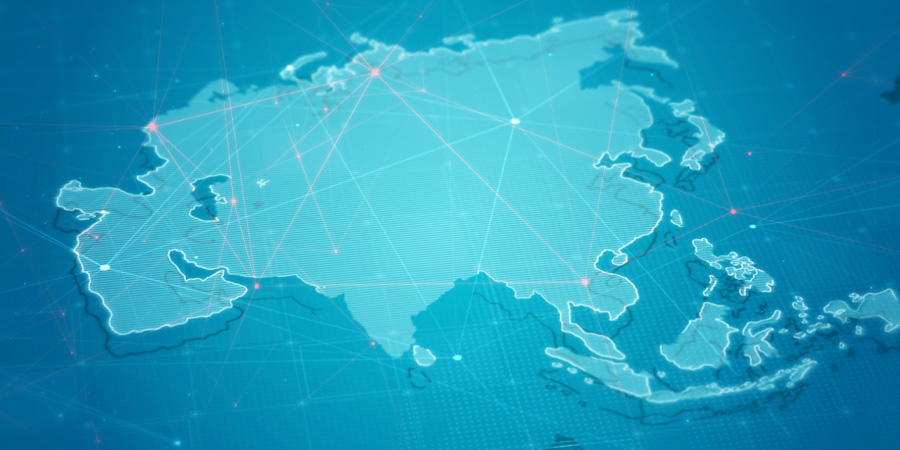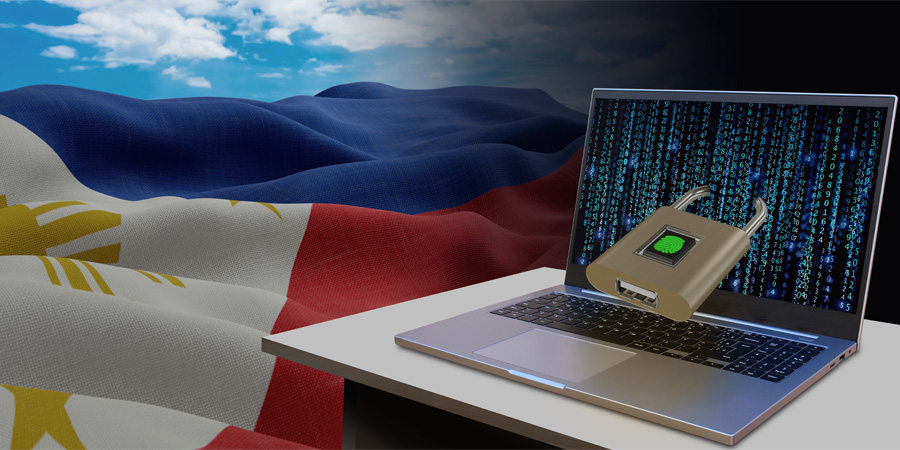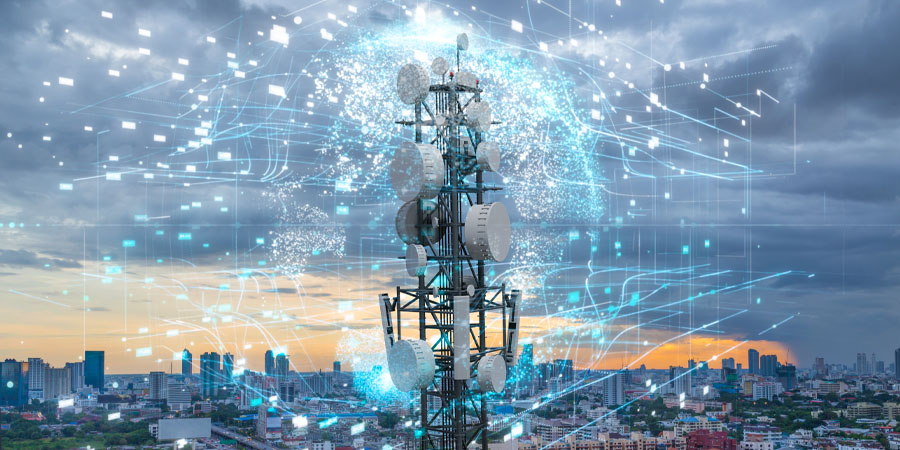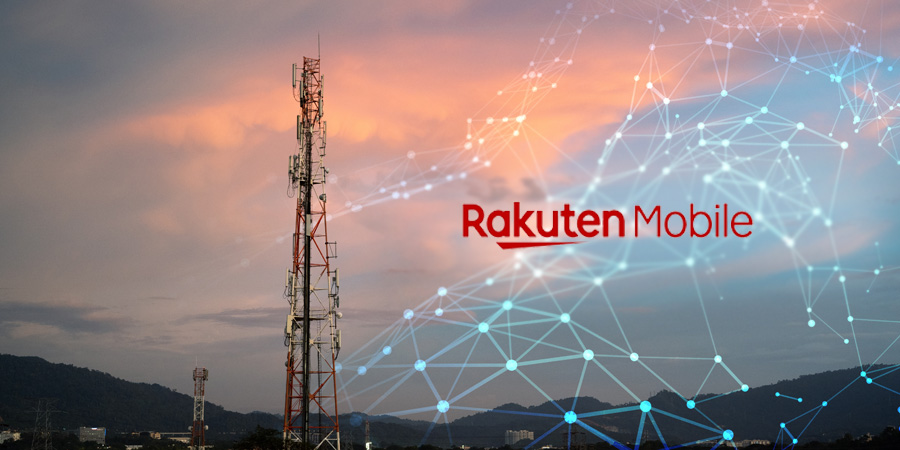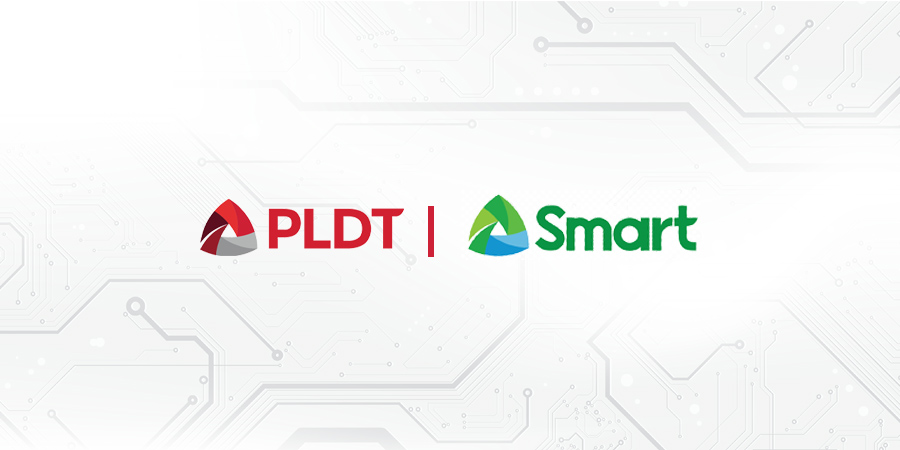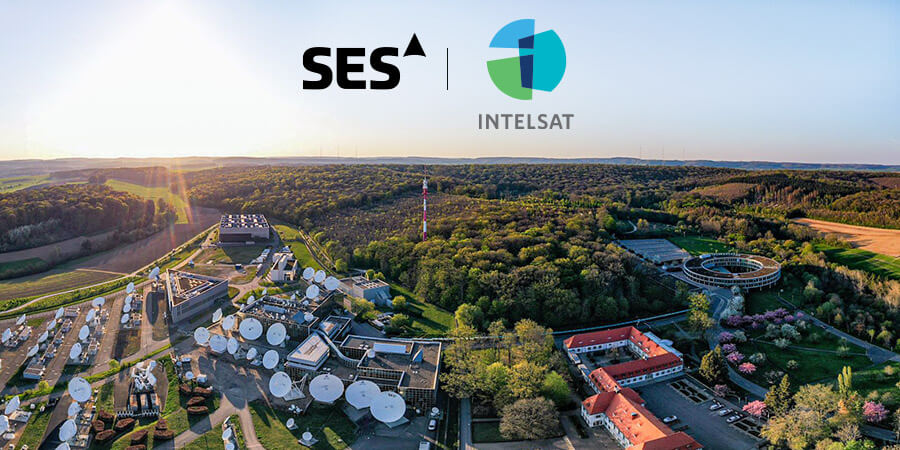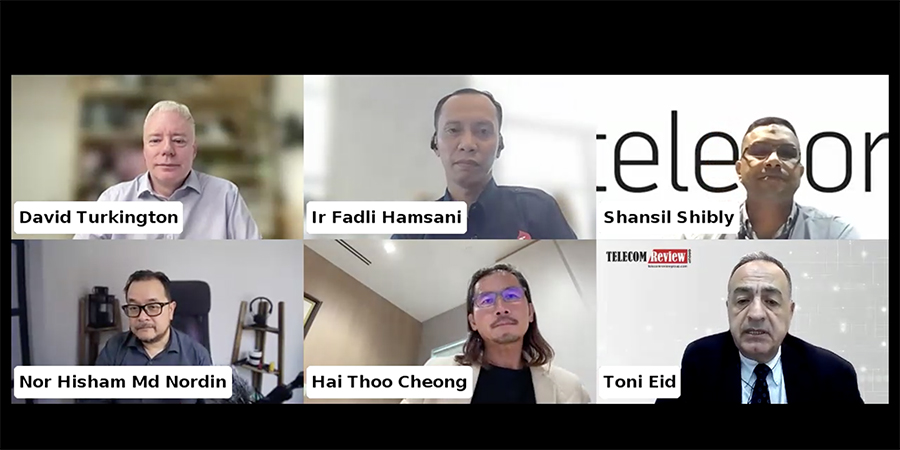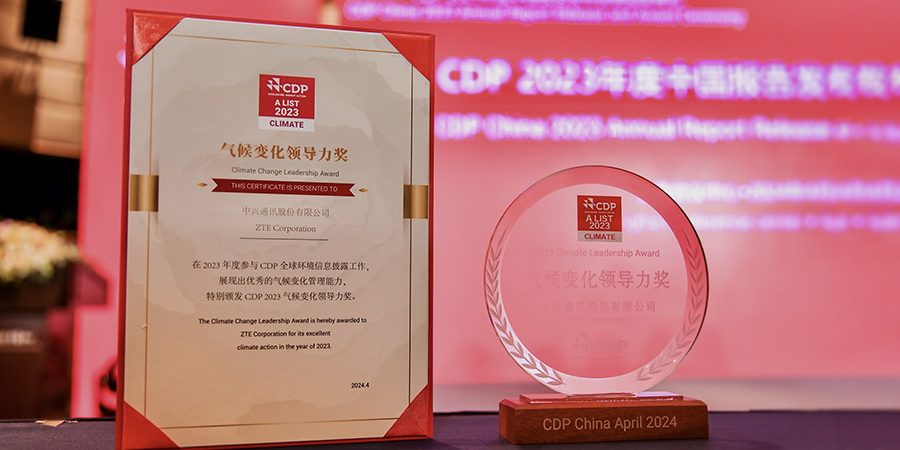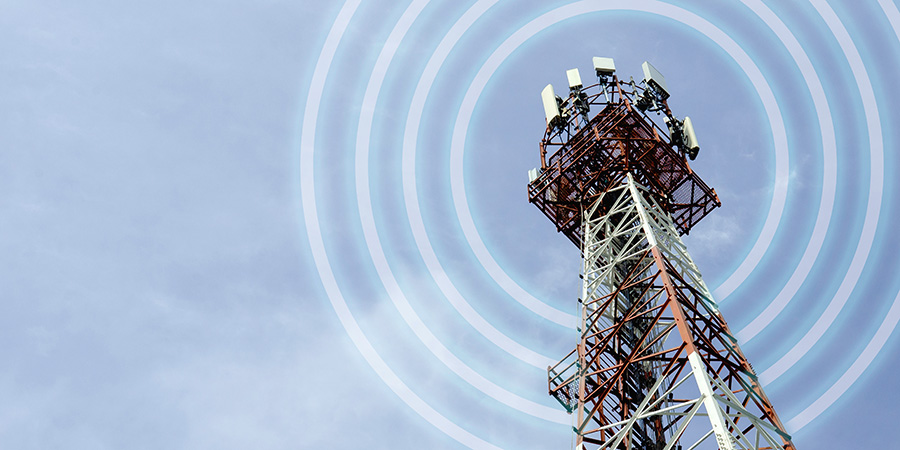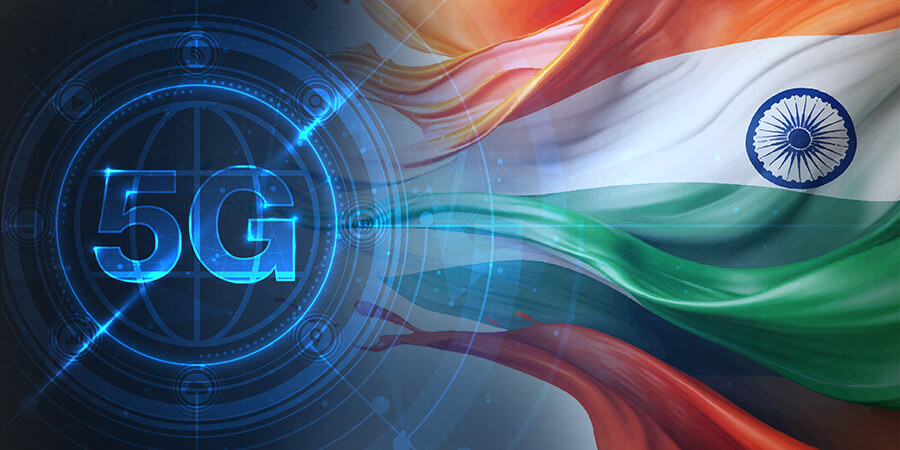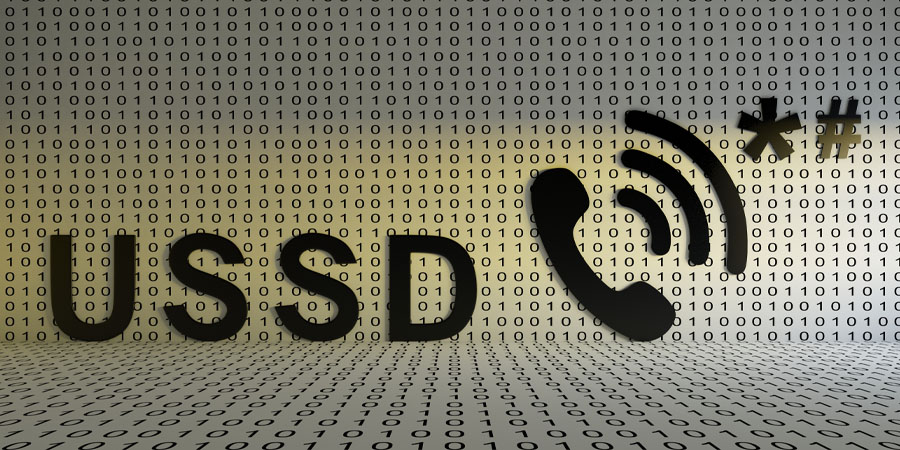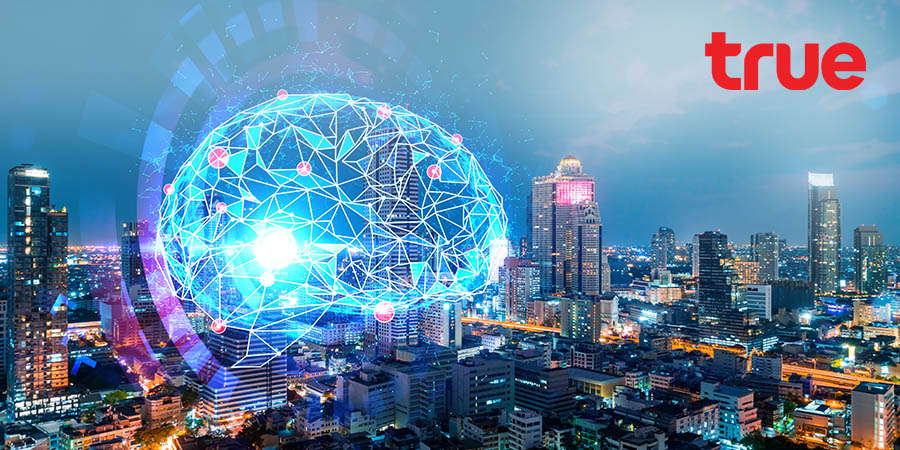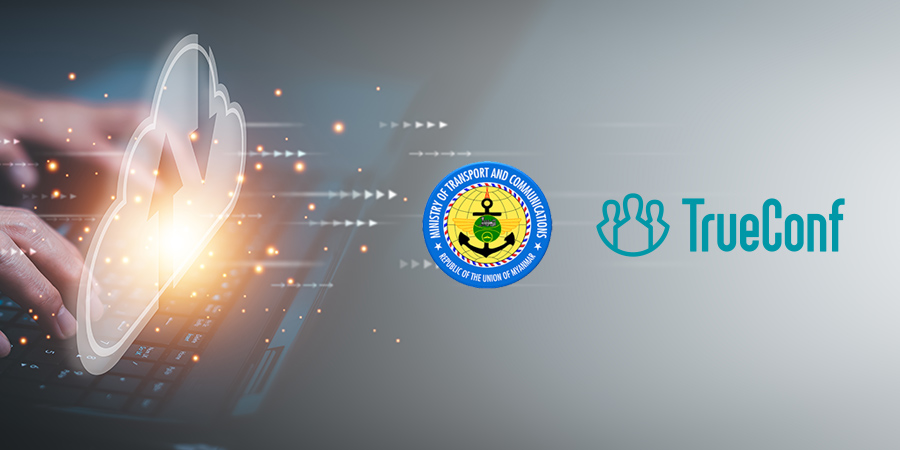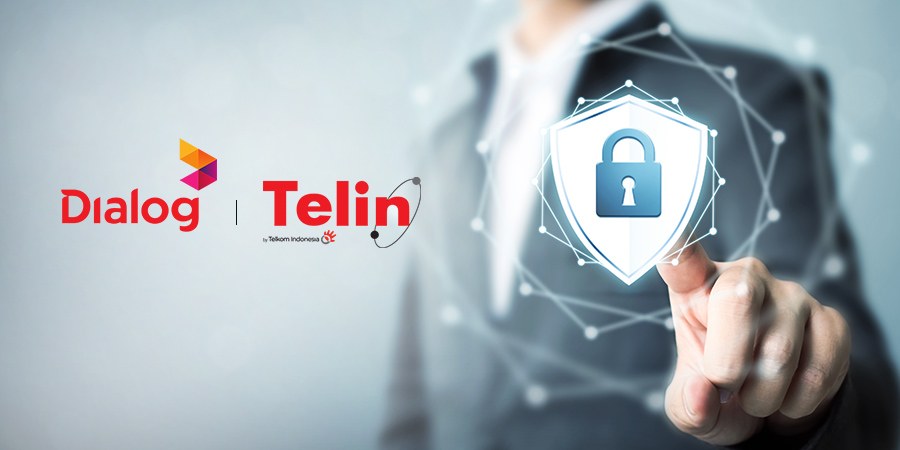The Indian government plans to geo-tag key telecom infrastructure, such as telecom towers and optical fiber cables, to facilitate coordination, particularly in disaster situations.
By geo-tagging these assets, the Indian government aims to create a digital map or database that precisely identifies the geographic location of each infrastructure element. This allows for efficient coordination and management, especially during disaster situations, where accurate location data is crucial for deploying emergency response teams, assessing damage, and prioritizing restoration efforts.
Informed officials reportedly said that mapping the telecom infrastructure will also streamline the setup of other developmental projects across the country. “We are working to geo-tag communication infrastructure across the country by 2027,” said one of the officials.
The Department of Telecommunications (DoT) will work with other ministries and state governments to share data and facilitate the implementation of other projects that require telecom infrastructure as a backbone.
“Geo-mapping of telecom infrastructure is one of the key issues for DoT in its mission for 2047. The data has to be democratized so that it benefits the society at large,” another official said.
Efficiently Navigating Natural Disasters
According to officials, the majority of the country's telecom infrastructure is yet to be mapped. In disaster situations, this causes coordination issues. Once geotagged, the government will know where a network is down and where to get help.
While telecom operators already have a system in place to coordinate and share infrastructure during natural disasters, geo-mapping will make the process even more efficient. Geo-tagging enables authorities to quickly locate and identify critical telecom infrastructure in affected areas, helping to ensure the continuity of communication services during emergencies. By integrating this spatial data into disaster management systems, government agencies can make informed decisions and streamline response efforts. Additionally, geo-tagging facilitates better planning and maintenance of telecom infrastructure by providing visibility into its geographical distribution and condition.
The government may begin mapping telecom infrastructure with state-run firms such as Bharat Sanchar Nigam Ltd. (BSNL), then move on to private operators. “We have to ensure that the data is safe and not misused, for which proper safeguards will be announced in due course,” an official said.
Overall, geo-tagging telecom infrastructure plays a vital role in enhancing disaster preparedness and response capabilities. It enables authorities to leverage location-based information for efficient coordination and management, ultimately contributing to the resilience of communication networks and the safety of communities during times of crisis.






